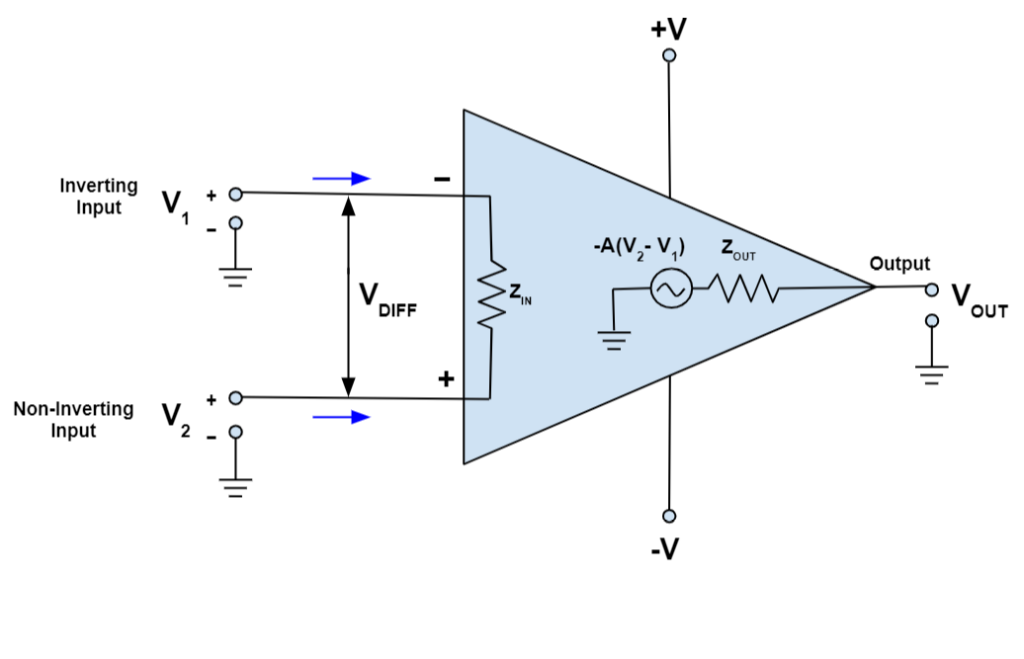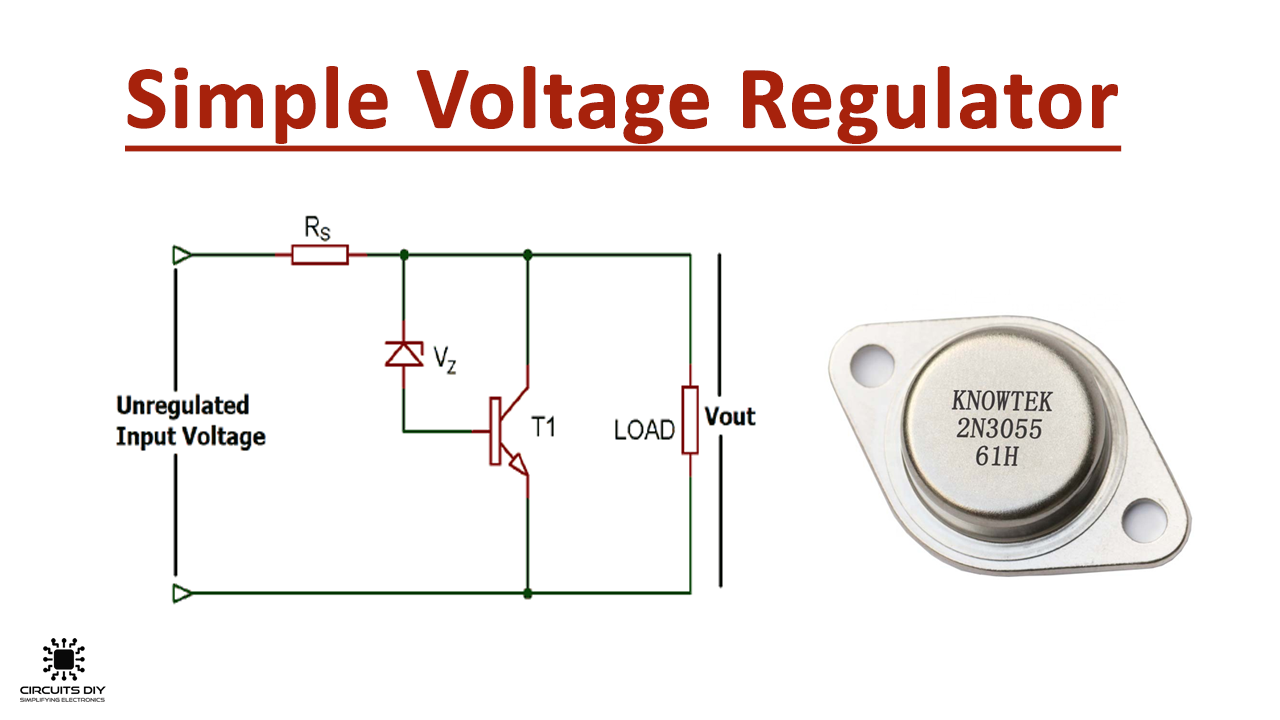How to Use an Op-Amp in a Circuit
Op-amps, or operational amplifiers, are widely used in electronic circuits for a variety of applications. From signal amplification to filtering and signal conditioning, op-amps play a crucial role in modern electronics. In this article, we will discuss how to effectively use an op-amp in a circuit.
Choose the Right Op-Amp
The first step in using an op-amp in a circuit is choosing the right one for your application. There are many different types of op-amps available, each with its own unique characteristics. Some op-amps are better suited for high-frequency applications, while others are designed for low-power consumption. It is important to carefully read the datasheet of the op-amp to ensure that it meets your requirements.
Understand the Pinout
Once you have selected the op-amp for your circuit, it is important to understand the pinout of the device. Op-amps typically have two input pins (inverting and non-inverting), one output pin, and power supply pins. It is crucial to connect these pins correctly to ensure proper operation of the op-amp.
Apply Proper Power Supply
Op-amps require a dual power supply to operate properly. This means that you need to provide both positive and negative voltage to the op-amp. It is important to check the datasheet of the op-amp to determine the required voltage levels for proper operation.
Use Feedback to Control Gain
One of the key features of op-amps is their high gain. By using feedback resistors in your circuit, you can control the gain of the op-amp. This allows you to amplify or attenuate the input signal as needed for your application.
Implement Filtering and Signal Conditioning
Op-amps are also commonly used for filtering and signal conditioning. By incorporating capacitors and resistors in your circuit, you can create low-pass, high-pass, band-pass, or band-stop filters. This allows you to remove noise and unwanted signals from your input signal.
Ensure Stability
Op-amps can become unstable if not properly compensated. To ensure stability in your circuit, it is important to add proper compensation components, such as capacitors or resistors, as specified in the op-amp datasheet.
Test and Troubleshoot
Once you have designed and built your op-amp circuit, it is important to test and troubleshoot it to ensure proper operation. Use an oscilloscope or multimeter to measure the input and output voltages of the op-amp. Check for any unexpected behavior and make adjustments as needed.
Conclusion
Using an op-amp in a circuit can be a powerful tool for signal processing and conditioning. By following the steps outlined in this article, you can effectively design and implement op-amp circuits for a variety of applications. Remember to choose the right op-amp, understand the pinout, apply proper power supply, use feedback to control gain, implement filtering and signal conditioning, ensure stability, and test and troubleshoot your circuit for optimal performance.
How to Use an Op-Amp in a Circuit
Op-amps, or operational amplifiers, are widely used in electronic circuits for a variety of applications. From signal amplification to filtering and signal conditioning, op-amps play a crucial role in modern electronics. In this article, we will discuss how to effectively use an op-amp in a circuit.
Choose the Right Op-Amp
The first step in using an op-amp in a circuit is choosing the right one for your application. There are many different types of op-amps available, each with its own unique characteristics. Some op-amps are better suited for high-frequency applications, while others are designed for low-power consumption. It is important to carefully read the datasheet of the op-amp to ensure that it meets your requirements.
Understand the Pinout
Once you have selected the op-amp for your circuit, it is important to understand the pinout of the device. Op-amps typically have two input pins (inverting and non-inverting), one output pin, and power supply pins. It is crucial to connect these pins correctly to ensure proper operation of the op-amp.
Apply Proper Power Supply
Op-amps require a dual power supply to operate properly. This means that you need to provide both positive and negative voltage to the op-amp. It is important to check the datasheet of the op-amp to determine the required voltage levels for proper operation.
Use Feedback to Control Gain
One of the key features of op-amps is their high gain. By using feedback resistors in your circuit, you can control the gain of the op-amp. This allows you to amplify or attenuate the input signal as needed for your application.
Implement Filtering and Signal Conditioning
Op-amps are also commonly used for filtering and signal conditioning. By incorporating capacitors and resistors in your circuit, you can create low-pass, high-pass, band-pass, or band-stop filters. This allows you to remove noise and unwanted signals from your input signal.
Ensure Stability
Op-amps can become unstable if not properly compensated. To ensure stability in your circuit, it is important to add proper compensation components, such as capacitors or resistors, as specified in the op-amp datasheet.
Test and Troubleshoot
Once you have designed and built your op-amp circuit, it is important to test and troubleshoot it to ensure proper operation. Use an oscilloscope or multimeter to measure the input and output voltages of the op-amp. Check for any unexpected behavior and make adjustments as needed.
Conclusion
Using an op-amp in a circuit can be a powerful tool for signal processing and conditioning. By following the steps outlined in this article, you can effectively design and implement op-amp circuits for a variety of applications. Remember to choose the right op-amp, understand the pinout, apply proper power supply, use feedback to control gain, implement filtering and signal conditioning, ensure stability, and test and troubleshoot your circuit for optimal performance.



